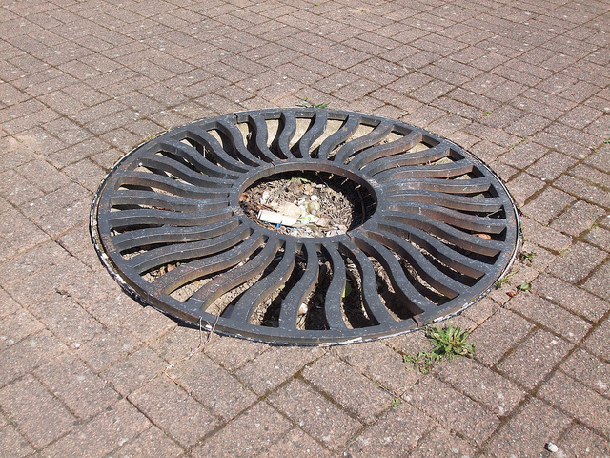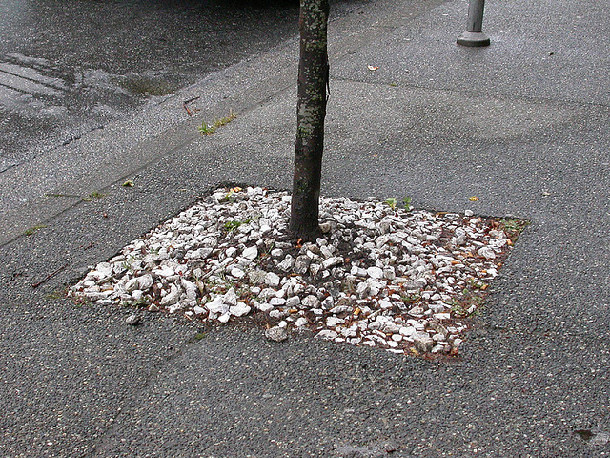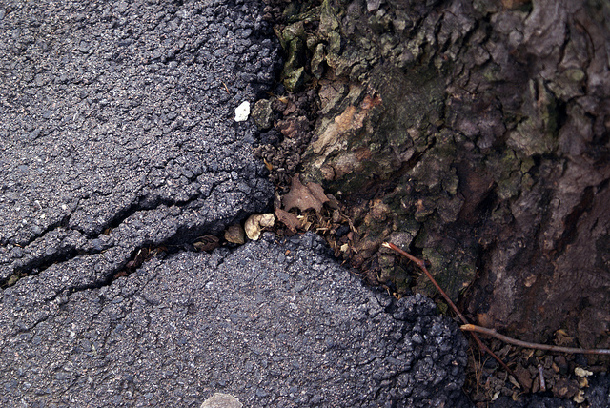It’s a common refrain in arboriculture, and you’ve probably heard it before (maybe even here): plant the right tree in the right place. It seems so sensible. It is sensible! But it’s an incomplete rule of thumb, because it doesn’t acknowledge one of the fundamental challenges of growing mature trees in urban environments: the need for soil analysis to to determine whether changes are really necessary to make these places “right” or not.
I was reminded of the incompleteness of the phrase when reading an excerpt of James Urban’s book, Up By Roots, in the October issue of Sitelines magazine. Trees must have adequate amounts of quality soil in order to thrive and live to maturity, but soils in urban areas are often inaccessible to tree roots, because they are either compacted beyond use or, sometimes, biologically inert. Look around you as you walk down the street. When was the last time you saw a tree opening in a sidewalk, plaza, or parking lot that looked like any tree would really be right for it?
Unless our idea of an acceptable urban forest prioritizes minimal species diversity and small trees – which is how we’re currently doing things – we have to address the other side of the coin and, in Jim Urban’s words, “make the space right for the right tree.”
What does this mean, specifically?
It means that after determining which tree is best from an aesthetic, environmental, and technical, standpoint, the site has to be adjusted to suit that tree’s needs.
For many trees, depending on the quality of the native soil, this will involve some amount of soil design. For almost all trees, it will involve designing a way for their roots to have access to more soil. Way more. In some cases, this can mean creating access to adjacent “free” soil volumes such as parks or lawns (we call this a break-out zone). In others it may mean linking up openings so that the trees can benefit from soil sharing, or using a suspended pavement system to enhance root access to soil underneath paving.
There are many possible solutions. All of us involved in design – owners, designers, contractors – need to cultivate a willingness to see beyond the existing site constraints and thoughtfully find ways to adapt them to trees. The right tree in the right place has taken us as far it can, but we still have a long way to go.
Top image Flickr credit: incurable hippie








Leave Your Comment